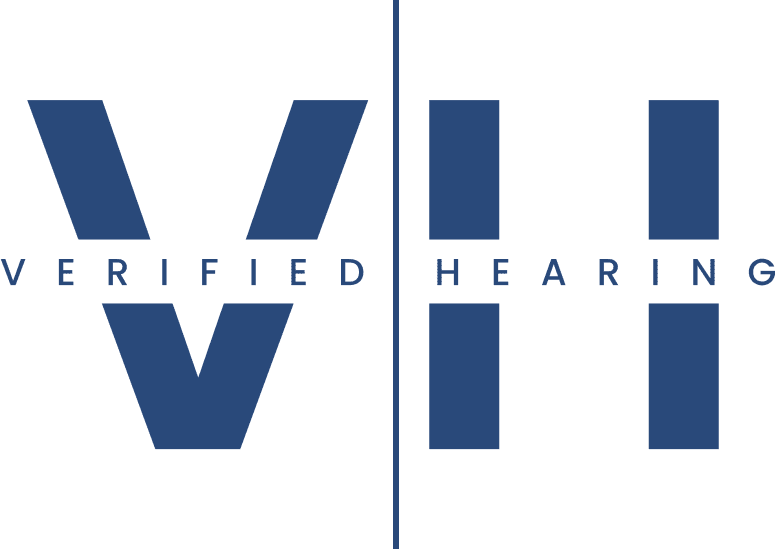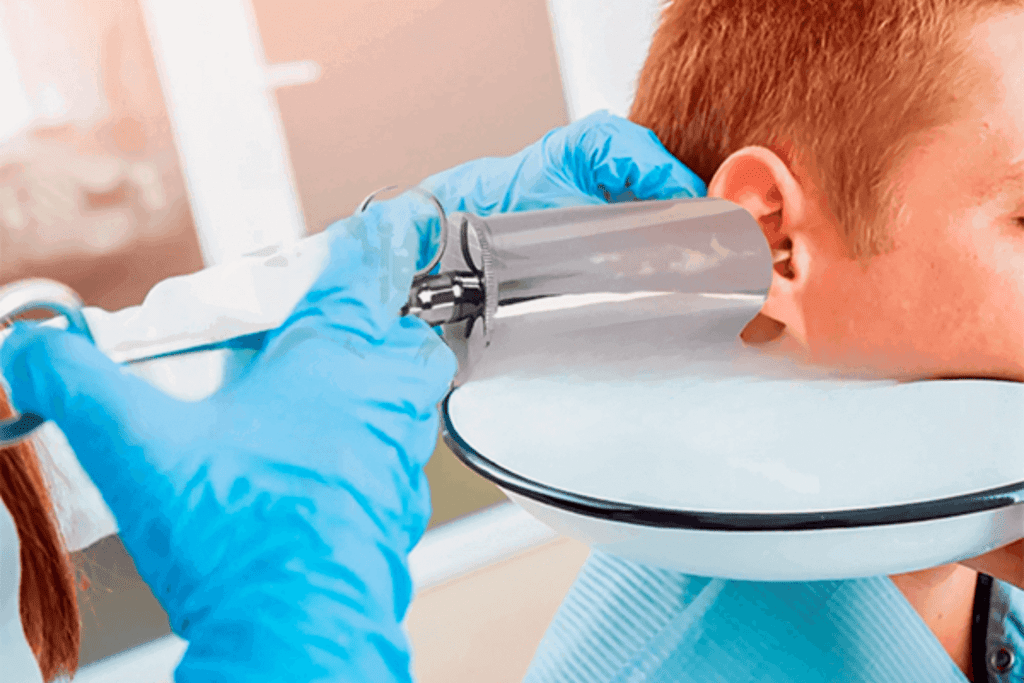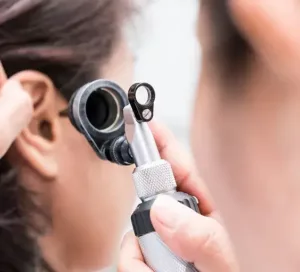Ear syringing was the go-to procedure for ear wax removal until about two decades ago when the evidence-base showed it poses too many risks to patients, hence the decision to discredit this procedure by NICE.
Professionally accepted methods of ear wax removal include Microsuction Ear Wax Removal, Ear Irrigation, Endoscopic Ear Wax Removal among others. When newer and safer procedures bear some resemblance to older practices, it becomes important to distinguish between them so patients can make well-informed decisions.
What is Ear Syringing?
Ear Syringing is a manual procedure. In earlier years, an old fashioned metal syringe was used to pump water into the ear in an attempt to flush out ear wax and other debris from the ear. Today, an ear syringing kit would typically contain either a bulb-type or flared-type plastic ear wax removal syringe which is used to squirt streams of water at different angles into the ear canal to flush out ear wax and/or other debris from the ear. The idea behind the angles in the design of the syringe is to prevent the water from damaging the eardrum due to the direct impact.
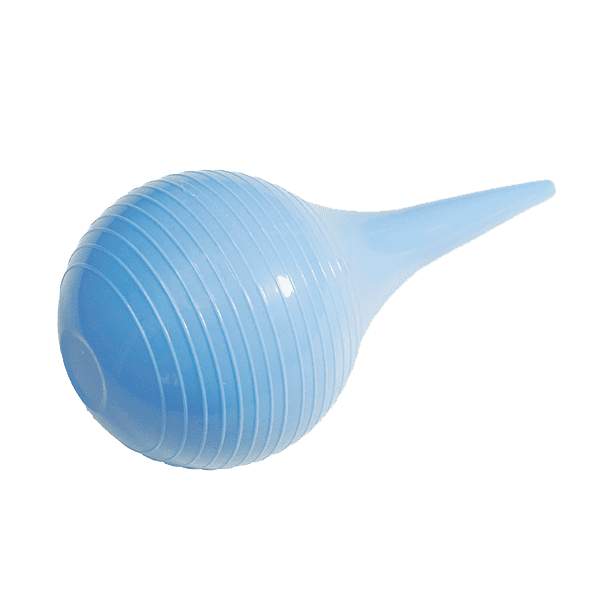
Ear bulb syringe
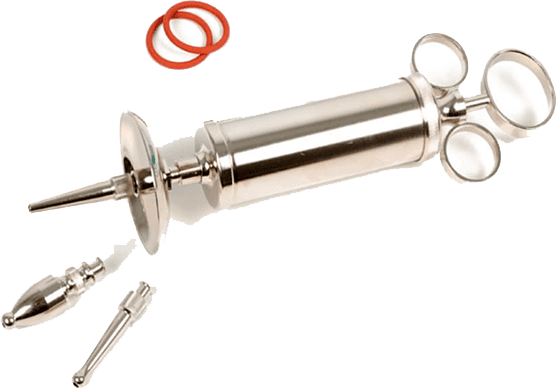
Metal ear syringe
Procedure/Steps:
For clinics that still offer this service, the following steps would typically be taken by the clinician to get the procedure underway.
First, the clinician would check that there are no other serious problems in the ear besides the ear wax build-up.
The clinician would then explain the ear syringing procedure to the patient and go ahead.
The patient would be made to sit still with their head tilted so the affected ear is facing upwards. This positioning is to help the water travel into the ear as it is being squirted. Then, the plastic ear syringe is used to gently pump streams of water into the ear. The water should be comfortably warm (at body temperature).
The plan is for the water to go behind the wax to loosen it up from the walls of the ear canal, so that it can fall out. As the water runs back out, a small bowl is placed beneath the ear to collect it and any wax or other debris it may have flushed out. Time taken for the whole process may vary depending on the consistency of the wax, how deep the wax is in the ear canal, and whether you are having one or both ears syringed. In any case, an upper limit of 30 minutes should typically be enough to perform the procedure.
Ofcourse, a lot of patients rated this procedure poorly so that means our ideal description above probably seldom went to plan.
Microsuction is now the preferred method for ear wax removal

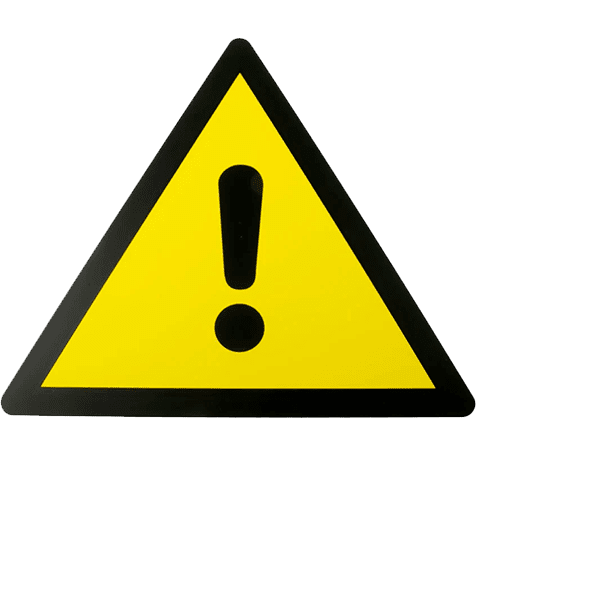
Safety
Some people ask: is ear syringing safe? Well, it is not exactly considered safe anymore. The reasons are not so far fetched. Even if professionally and expertly handled, since the water pressure from the tube is not calibrated, being a manual process, there is a tendency to apply more pressure than should be applied. The result is that the ear canal typically gets traumatised by the intense pressure and this can also cause the ear drum rupture. There are also several contraindications to this procedure.
Potential Risks/Side Effects
The following are some of the contraindications for the ear syringing method:
Contraindications
Prior ear injuries: If you have a prior injury in your ear canal, it is not advisable to use ear syringing for ear wax removal. The water will wet the injury and would most likely worsen the situation.
Perforated ear drum: If you have perforation(s) in your ear drum, this procedure should not be used on you. The water will go further into your middle ear cavity and cause more damage. So, if you have a weak eardrum, or recently healed of a perforated eardrum, this procedure is considered inappropriate for you.
Ear Infection: As a rule, if you have or are susceptible to outer ear infections, this method should not be used for you.
Prior Surgeries: if you have had surgery to your ear in general, especially in the past 18 months, it will be dangerous to use this procedure on you.
Side Effects
The following are risks or ear syringing:
Further impaction: Ear wax could get further impacted by the water being sprayed on it. This is still possible even when the procedure is performed by an expert.
Vertigo: It is possible to feel dizzy if the water is not at body temperature. This produces a ‘caloric’ effect as a result but should typically be short lasting as the effect wanes.
Hearing loss: It is possible to suffer temporary or even permanent hearing loss from this process. Fresh tinnitus or worsening of an existing one could be experienced.
Trauma to ear canal and/or eardrum: It is possible to disturb or damage the eardrum and/or ear canal by using this procedure. This is because being a manual procedure the pressure of the water cannot be preset to safe values, causing the water to be squirted at an unsafe pressure level.
Ear Syringing At Home
It can be tempting sometimes to purchase over the counter home ear syringing kits and attempt to perform the procedure on yourself. But we generally do not encourage unguided home remedies. Moreso, for a procedure with several contraindications and associated risks as have been noted here, you will be courting danger if you attempt anything less than a professional treatment.
Get professional help for your delicate ears

Ear Syringing Vs Ear Irrigation
These two procedures look alike since they both use water to attempt to flush out earwax build-up and debris from the ear. However, they are not the same.
While ear syringing simply makes use of a manual syringe in its operation, ear irrigation makes use of an electronic irrigation machine.
The pressure of the irrigation machine can be set to specific values, which means that the pressure of squirt could easily be regulated. Ear syringing on the other hand provides no such luxuries. There is no regulation metre for the manual ear wax removal syringe.
Ear Syringing Vs Ear Microsuction
Ear syringing is a wet process as have been discussed here and has a high tendency to cause ear infections. Beyond infections, it can also cause other forms of damage to the ear. These are some of the problems that arise after ear syringing.
Ear microsuction on the other hand is preferred to ear syringing and ear irrigation. Being a dry process, Microsuction ear wax removal is not as messy as ear syringing and ear irrigation, and poses far less risk of ear infections. For this procedure, a suction probe is connected to a suction machine (like a medical vacuum machine) and used to suck out the earwax from your ear canal. It avoids touching the sensitive skin of the ear canal. It is also very fast- faster than the other two methods.
Video from Verified Hearing
Our Clinic
At our clinic, we offer ear wax removal using microsuction. If you are in London and are wondering where you can get ear syringing done, you’re in luck! We offer same-day microsuction appointments.
Worried about blocked ears?

FAQs
Yes, ear syringing can cause damage to your eardrum, or worsen already existing ear injuries. It can also cause ear infections.
If you underwent ear syringing before flying, and the procedure went well without incident, you should be able to fly comfortably.
This is not advised if you are not a professional. You may not know all the contraindications to look out for. Moreover, it is already difficult to maintain a safe pressure while carrying out the procedure on another person, let alone on yourself. Ear syringing at home is not safe.
Yes! Ear syringing can cause deafness by further impacting the earwax or causing damage to your ears. As we have noted, there is also a higher rate of post procedure ear infections. The water can have a caloric effect and cause temporary dizziness/vertigo which should settle in a few seconds. Last, we have heard anecdotal reports of ear syringing causing tinnitus. This is another reason to avoid this procedure.
Ear syringing is not supposed to hurt, unless there are prior injuries the water sprays might disturb. But pain in the ear after ear syringing is possible whether there were previous injuries or not.
For information on ear syringing at the NHS centres, meet your GP for proper advice on this. Your GP will help direct you if the service is available in your area. But it is important to mention that ear syringing is not available at the NHS anymore. Your GP, if available, will likely prescribe a safer method of ear wax removal for you. Also, most independent clinics do not provide private ear syringing services anymore and clinics that offer home visits would have replaced their mobile ear syringing service with microsuction. Book an appointment for a safe ear wax removal procedure
References:
Ear syringing discredited/procedure
https://www.montgomeryhousesurgery.co.uk/practice_news/ears-syringing/
Accessed, Aug. 28,2023
Findings on randomised trial of bulb syringes for earwax. Mar. 2011
https://www.ncbi.nlm.nih.gov/pmc/articles/PMC3056857/
Accessed, Aug. 28,2023
